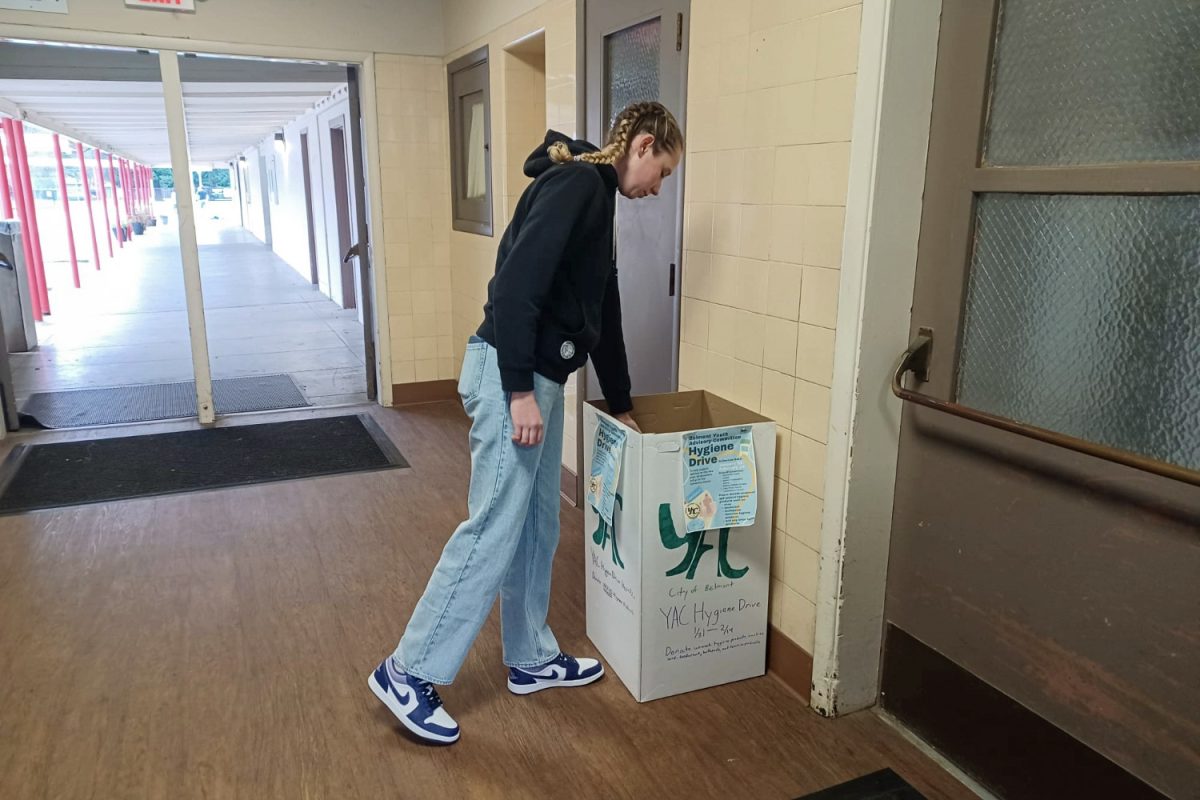A Salmonella outbreak linked to cucumbers has raised alarms across the United States, leading to hundreds falling ill and health officials issuing urgent warnings.
The Centers for Disease Control and Prevention (CDC) urges consumers to take extra precautions with their produce, especially as cucumbers remain a popular staple in summer salads and viral recipe trends on platforms such as TikTok.
The recent outbreak, which peaked in late August and early September 2024, has now spread to 31 states, infecting 551 people and resulting in 155 hospitalizations. It has not yet resulted in any deaths. Public health officials identified Bedner Growers and Thomas Produce Company in Florida as the primary sources of the contaminated vegetables.
Following an investigation, testing identified a Salmonella strain in untreated canal water used by the growers. Cucumbers from both farms are no longer available at stores or farmers markets, according to the Food and Drug Administration (FDA).
Additional environmental samples, including soil and water, revealed multiple other types of Salmonella, heightening concerns over broader contamination risks.
The number of affected individuals may be higher than reported since many cases of Salmonella go untested or unreported when people recover without medical attention.
Symptoms of Salmonella infection can include upset stomach, diarrhea, and vomiting, according to Dr. Christina Lee, an internal medicine physician at Palo Alto Medical Foundation.
“If a person believes they have Salmonella infection, they should stay well-hydrated and see a doctor if they develop fever or severe dehydration,” Lee said.
As public health experts continue to investigate, they urge consumers to stay cautious and practice safe food preparation techniques.
The outbreak comes during a surge in popularity of cucumber salads, driven by a viral TikTok trend. Videos showing simple cucumber salad recipes have gained millions of views, encouraging teens to experiment with the vegetable.
“After seeing a recipe for cucumber salads on TikTok, I decided I had to try it. I went to the store with my friend, bought all the ingredients, and it was delicious,” said Raya Hannoush, a high school sophomore in Canada.
The viral cucumber salad recipe features a seedless English cucumber as the main ingredient. The salad then combines soy sauce for saltiness and umami, toasted sesame oil, fish sauce, and a bit of sugar to balance the savory elements. Fresh garlic and green onions are sometimes added, while toasted sesame seeds lead to a crunchy finish.
Many other versions of the cucumber-based recipe occur on social media, while others have come up with their own recipes.
“I took my own spin on it because I didn’t want to add any of the spiciness in the original recipe. I tweaked it and made it better,” said Thea Dumans-Ranum, a sophomore.
In response to the outbreak, federal agencies are pushing for increased oversight and regulatory measures to prevent future occurrences. While consumers are being advised to wash and inspect cucumbers thoroughly before use, health officials emphasize that more comprehensive action at the farm level is necessary to ensure long-term protection.
The CDC and FDA continue to work with state health departments to investigate other possible sources of produce contamination while reminding the public that foodborne illnesses can have lasting consequences, especially for vulnerable populations like children, the elderly, and those with weakened immune systems.
This recent outbreak serves as a reminder that even the most appealing recipes can carry health risks. While salads may offer an addition to summer meals, proper handling of produce is crucial in preventing foodborne illnesses. Public health officials underscore the need for consumers to stay informed and cautious as they enjoy the latest culinary trends.












